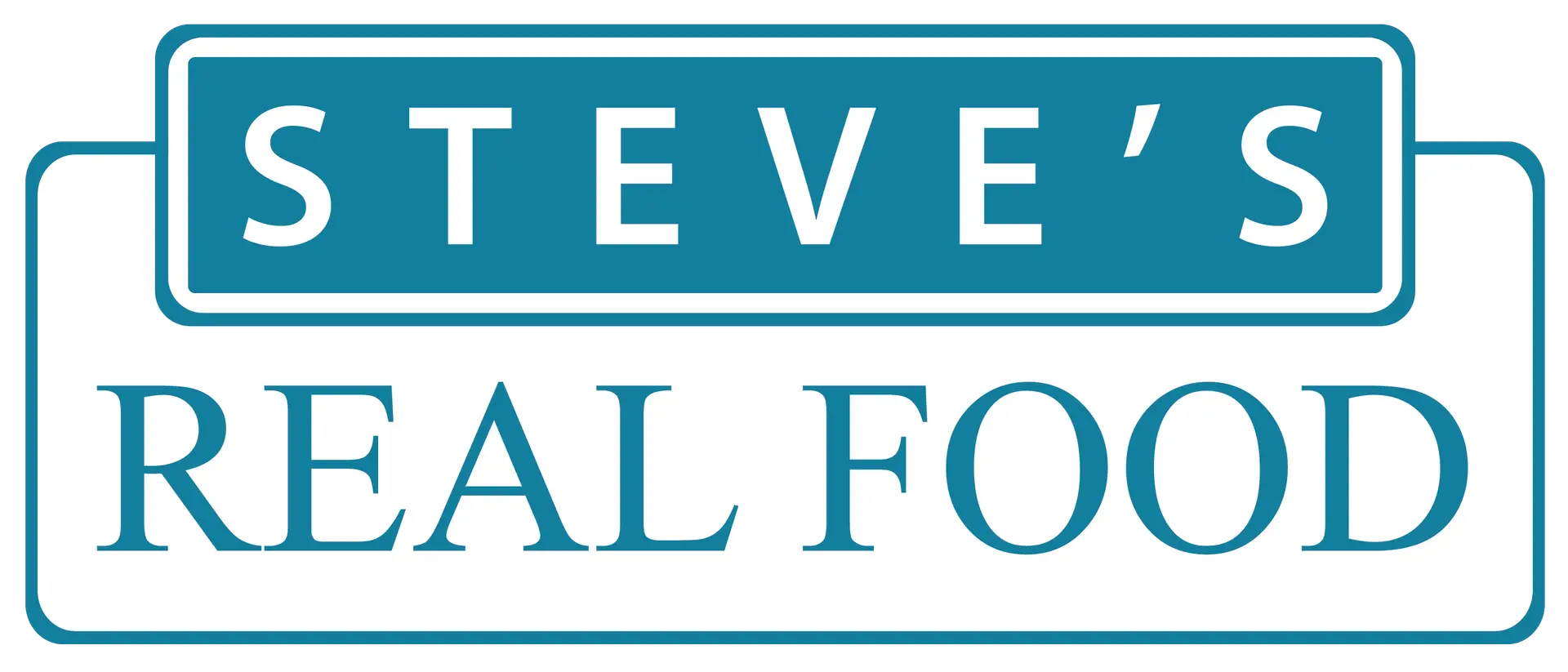Do Dogs on a Raw Diet Need Supplements?
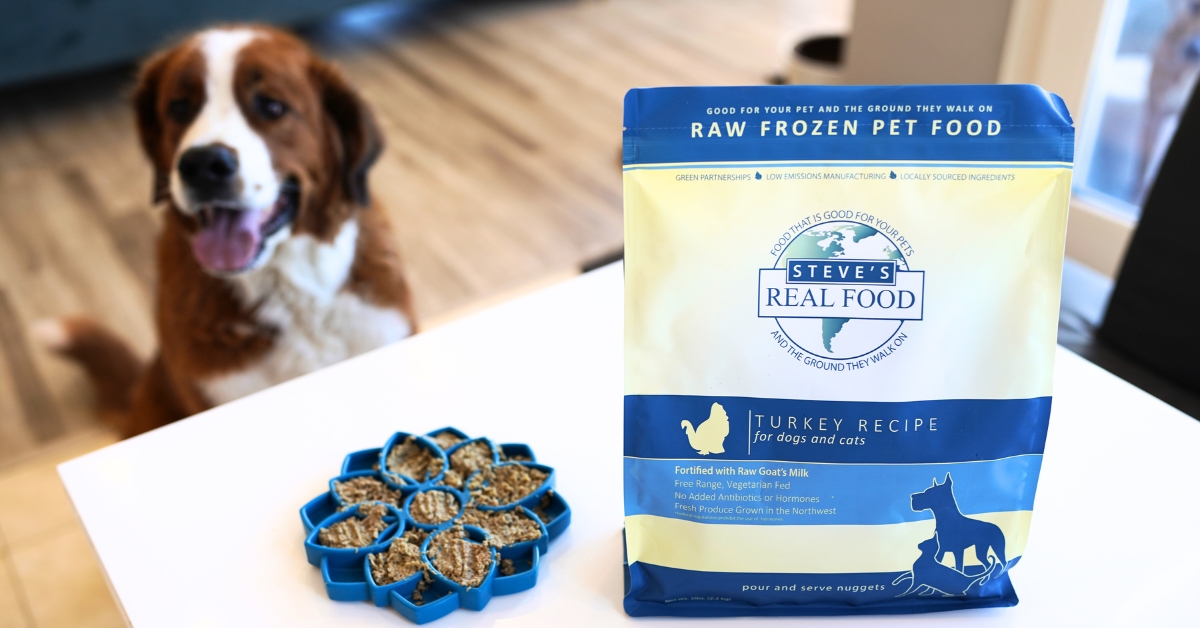
Each pet is an individual, and some have needs that differ from others. By supplementing a fresh diet with a few extras throughout your pet’s life, you can target issues unique to your pet or work proactively to prevent or delay problems before they start.
How to Train Your Dog When Feeding a Raw Diet
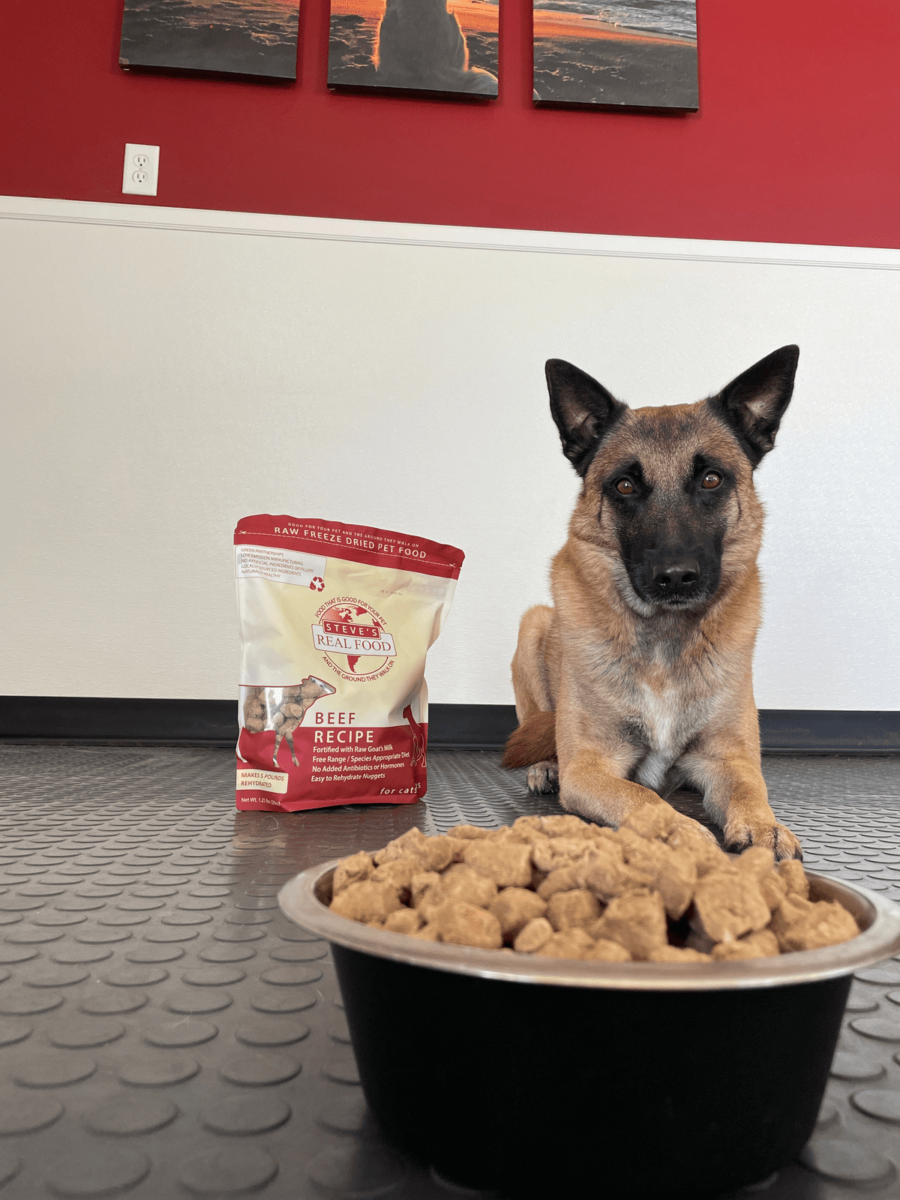
If you’re feeding your dog a raw diet, you invest too much in keeping them healthy to feed them junk food, even for the sake of training them… and with our creative tips, you won’t have to! Lifestyle Habits Being professional dog trainers, we look at it as not only an activity but a way […]
Benefits of White Fish Food for Dogs
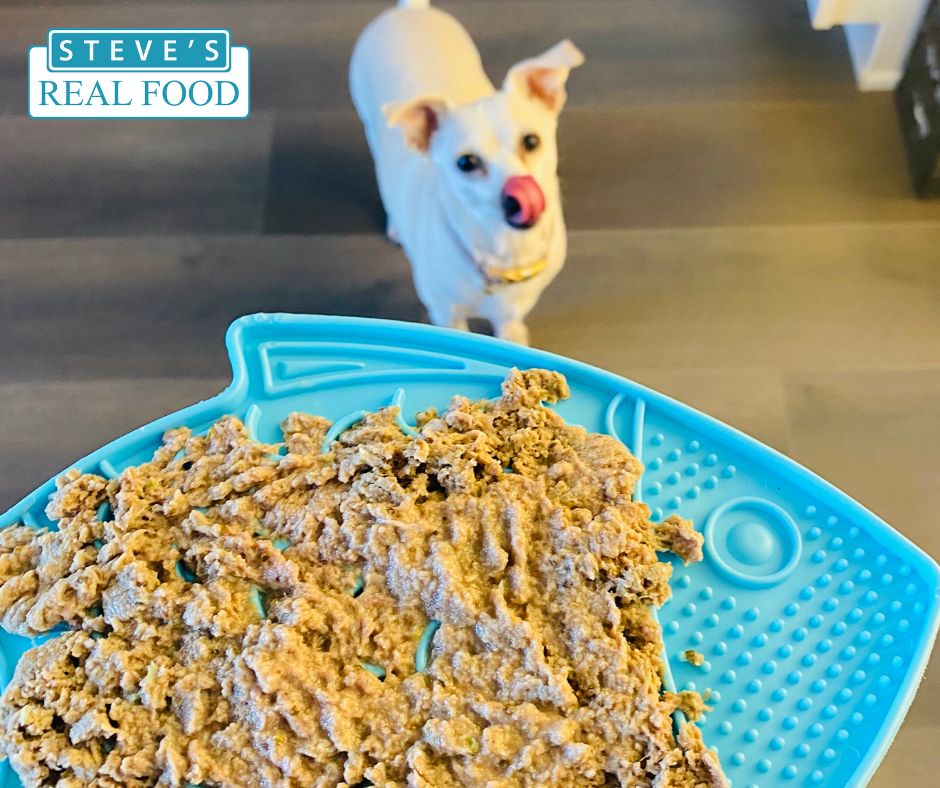
Have you ever considered adding fish to your dog’s diet? If not, maybe it’s time to consider the many benefits of feeding a dog food with fish in it.
Join Steve’s Real Food at the Raw Dog Food Summit: Oct 7-9
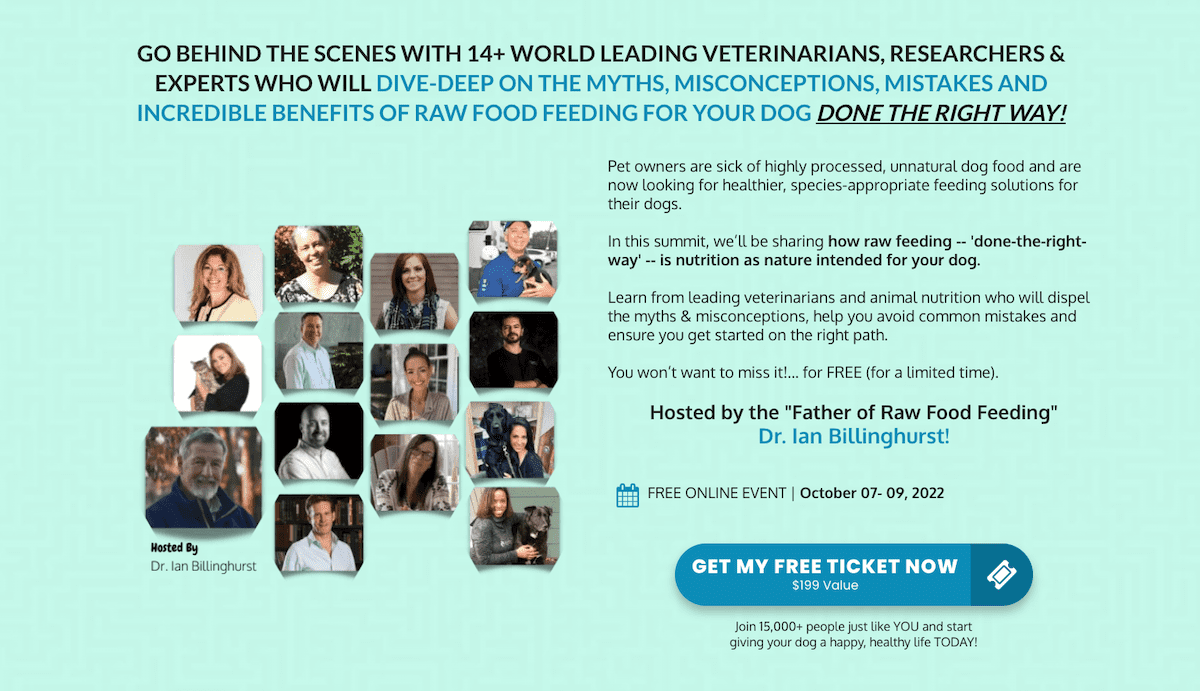
Just as processed food has contributed to human health issues, processed pet foods are doing the same for our beloved dogs. Chronic conditions such as cancer, obesity, allergies, and diabetes in dogs today are skyrocketing.
The big question then becomes, well, what can we do about it? Just like with humans, the solution is a natural, species-appropriate diet.
#TogetherWeWIll
At Steve’s, we are adapting quickly to keep up with demand and stay safe. We hope that everyone practices their social distancing and remembers to keep laughing. We will get through this even if the end result is a new norm. https://www.youtube.com/watch?v=NJ_wcMvuf_w
Steve’s High Pressure Technology
https://www.youtube.com/watch?v=PYpIfBYkJqE&loop=1 Please click the link below for more details about our HPT decision and test results. Do you want more information on the HPT Study?
Steve’s Real Food’s Study of High-Pressure Processing on Raw Meat Diets
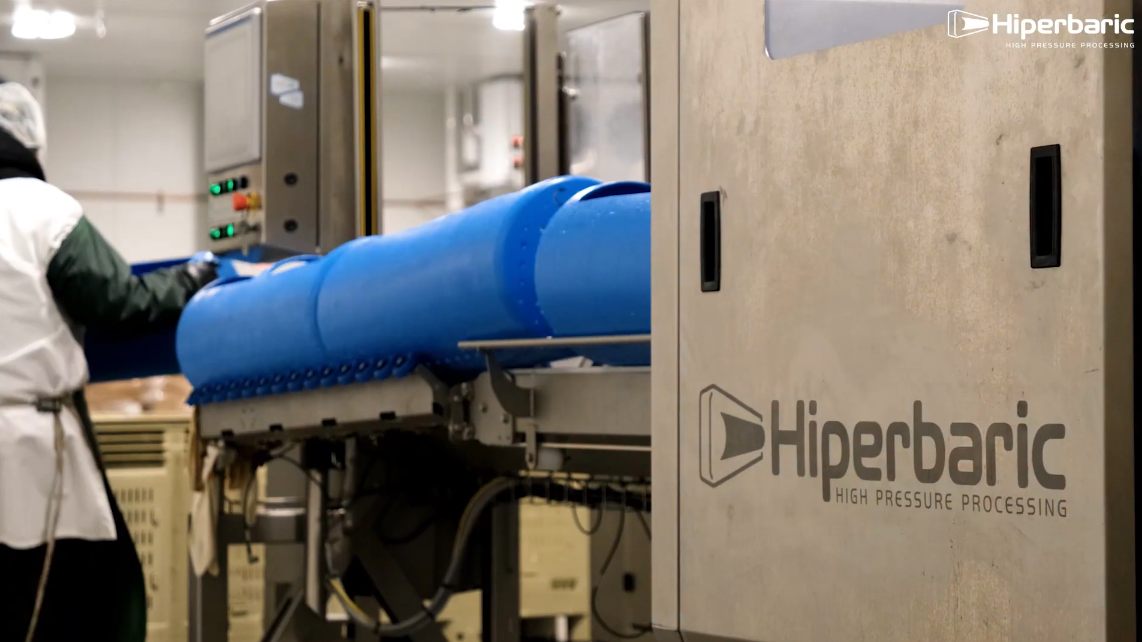
For two years, Steve’s Real Food has conducted both internal research and sought out outside sources to fully understand the best practices within this process and its effect on the food.
Don’t Go Breakin’ (Your Dog’s) Heart
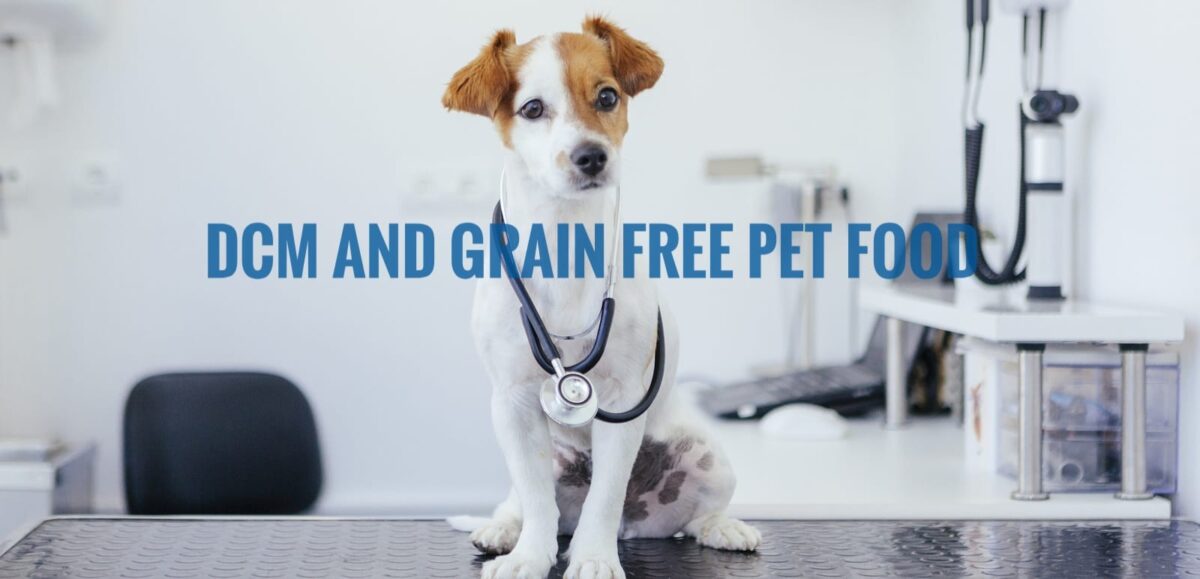
Dilated Cardiomyopathy is a pretty frightening word, and certainly not one you want to hear associated with the health of your beloved canine. Understand the issue and what you as a pet parent can do to make sure the condition doesn’t affect your dogs.
Diet’s Role in Doggy Dental Hygiene
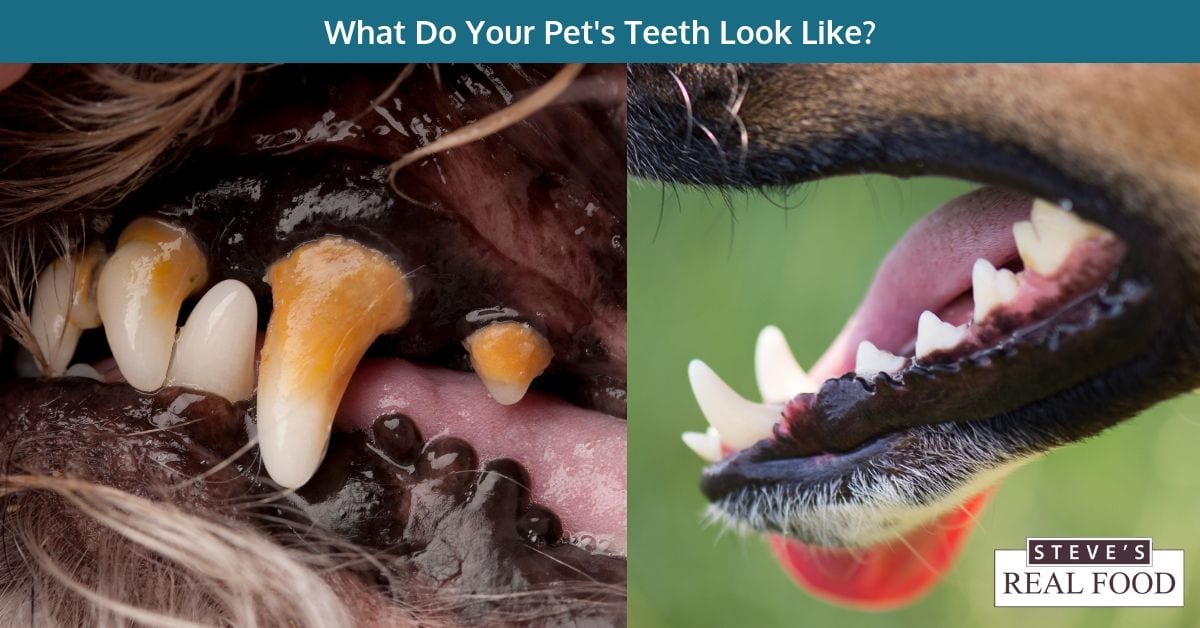
Proper dental hygiene is a critical part of your dog’s overall wellbeing.
Benefits of Raw Pet Food on Dental Health
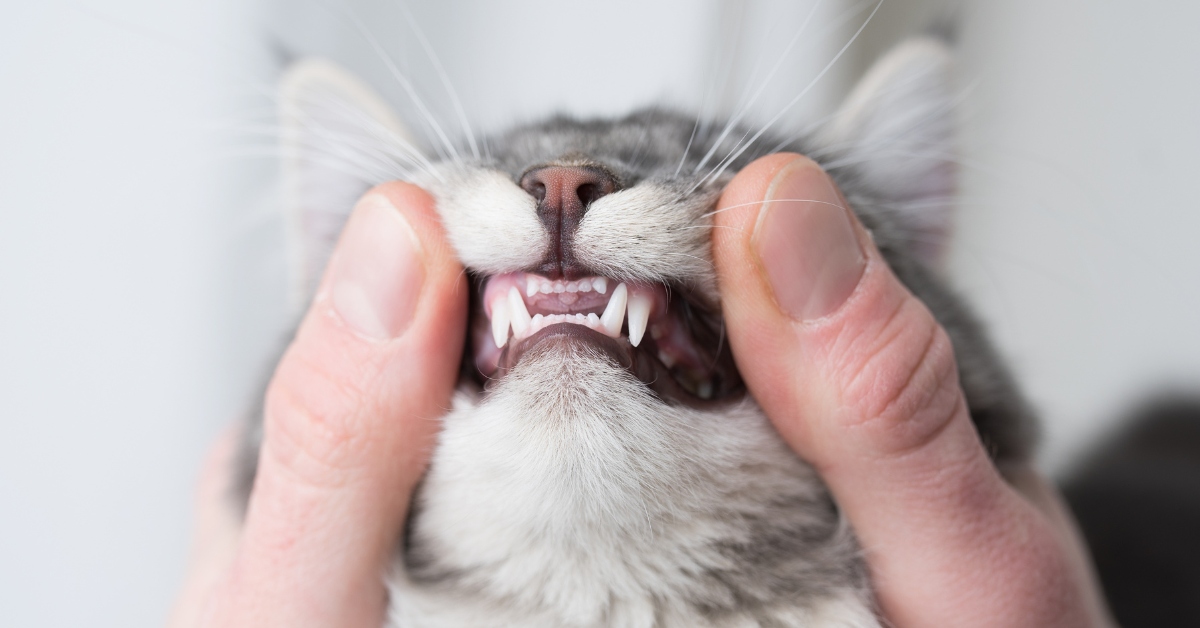
Episode 11 – Let Me See That Smile! Raw-fed dogs and cats tend to have healthier teeth and gums. I know, I know, we were all told for so long that the best way to clean our pet’s teeth was by feeding them a dry, crunchy food. But consider this: after you eat dry, crunchy […]
